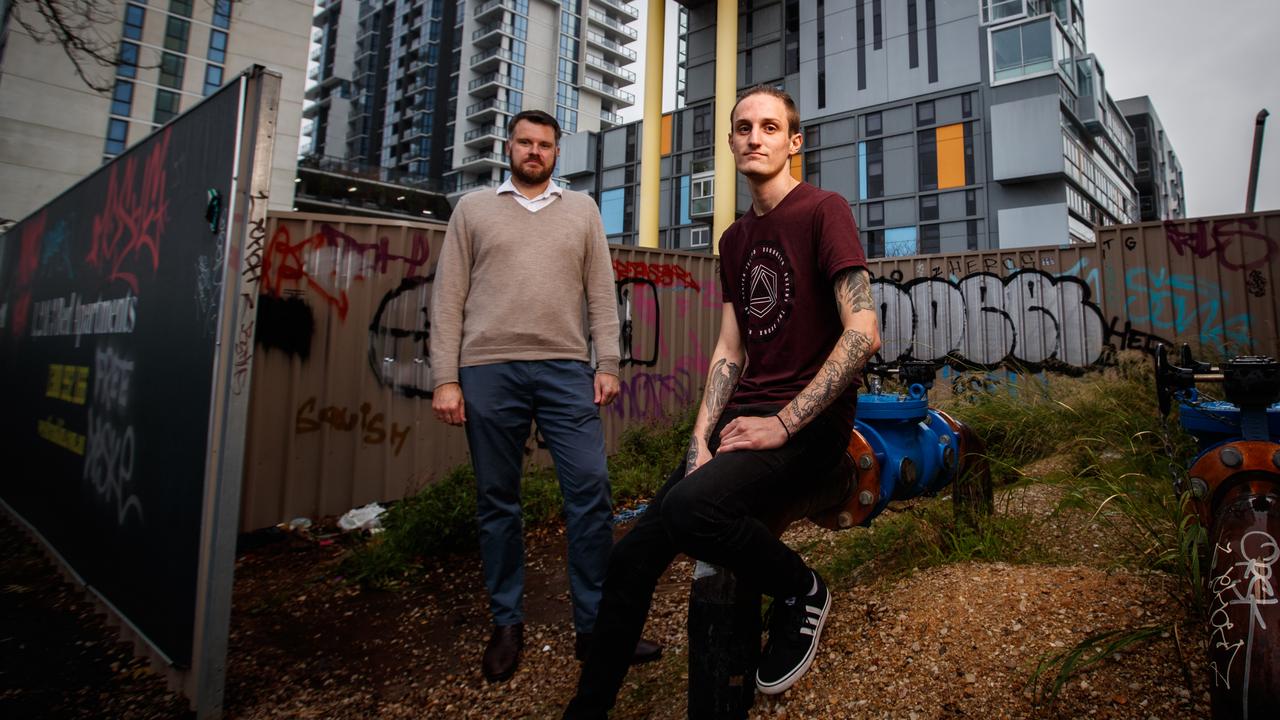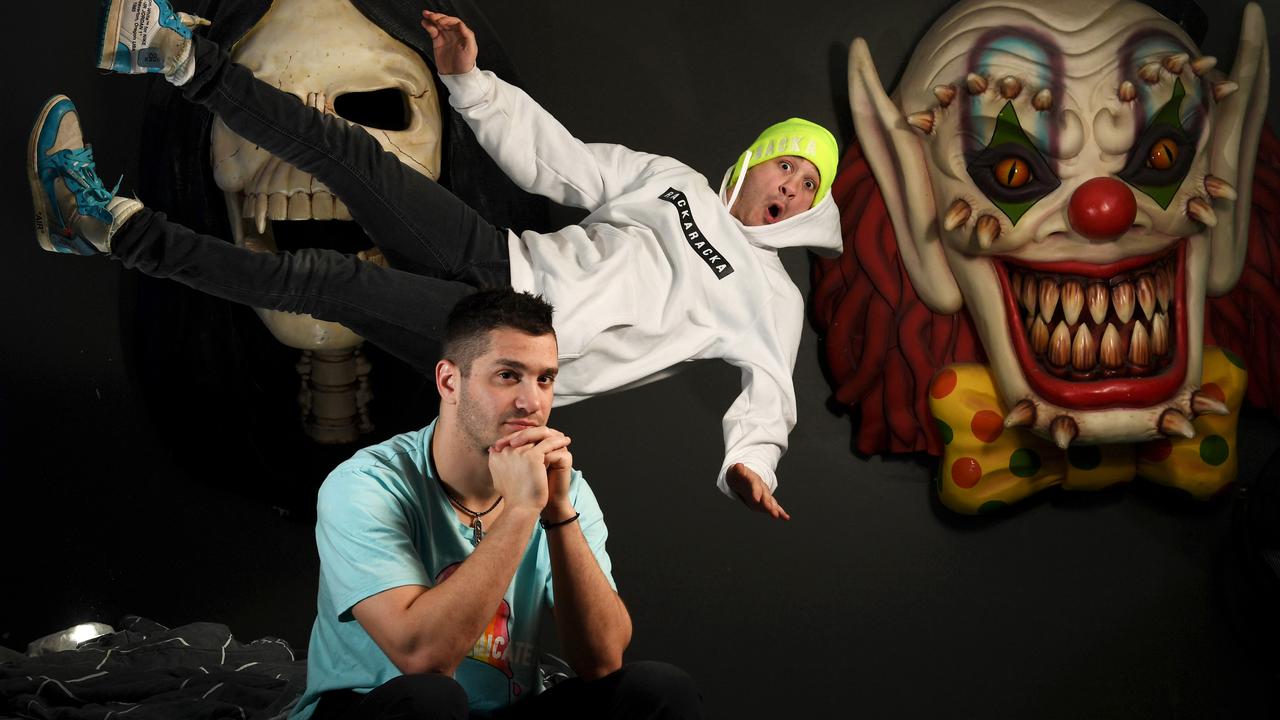SA Weekend 10 Year Special: Girl power drives South Australia’s sport revolution
The SA sporting landscape has shifted dramatically over the past decade — from footy leaving Adelaide Oval to its triumphant return — but there has been an even bigger catalyst for change: Women.
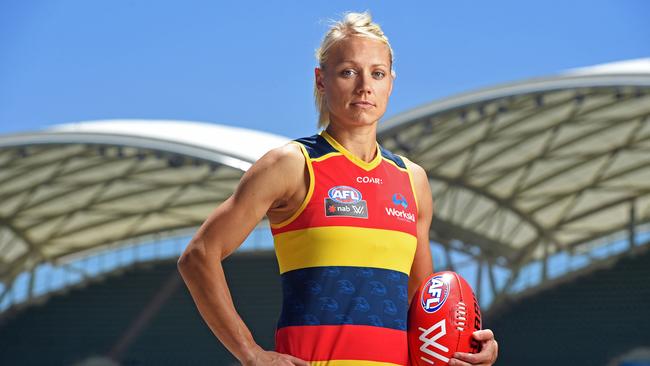
SA Weekend
Don't miss out on the headlines from SA Weekend. Followed categories will be added to My News.
- SA Weekend: South Australia’s best stories
SA Weekend: Where we were, are and will be next
SA Weekend: A decade of news in South Australia, and abroad
SA Weekend: Adelaide was the city hungry for change
There’s a decent argument to be made that the biggest change in the Australian sporting landscape over the last decade has been the rise and rise of women’s sport.
There has been the advent of the AFL Women’s competition, the birth of the women’s Big Bash in cricket, the increased visibility of the Matildas and soccer’s W League, as well as the growing prominence of sports such as cycling, basketball, tennis and netball.
All that has taken interest in women’s sport to an all-time high — and, many will say, not before time.
New heroes have emerged.
The Matildas’ Sam Kerr is regarded as one of the best players in the world.
In cricket there are household names such as Ellyse Perry and Alyssa Healy. And in AFLW there is Adelaide’s Erin Phillips.
Phillips, of course, was a well-known figure in South Australian sporting circles, before the Crows’ AFLW team played its first game in 2017.
She was a star basketballer who had played in two Olympic Games and carved out a successful career in the United States and Australia.
But her first love was footy.
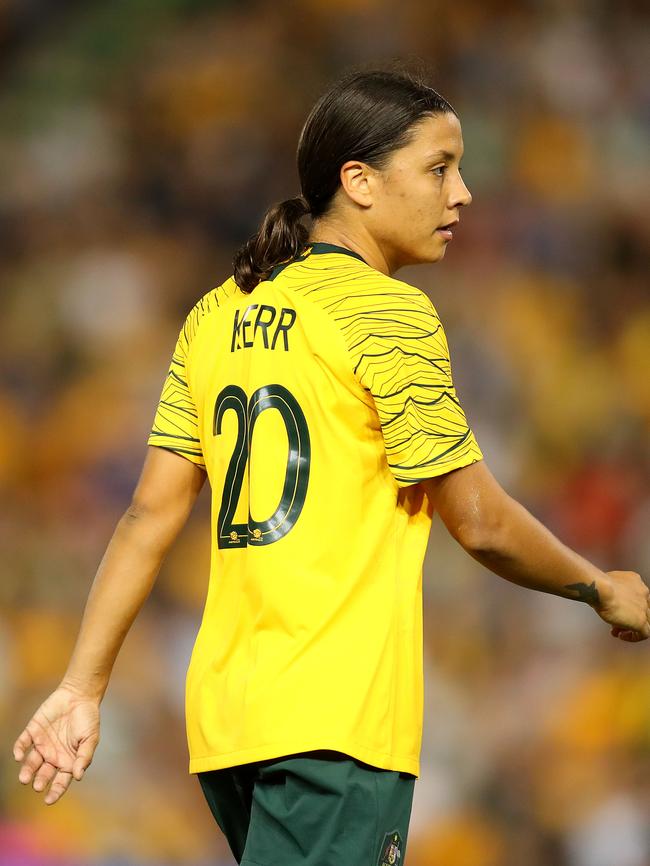
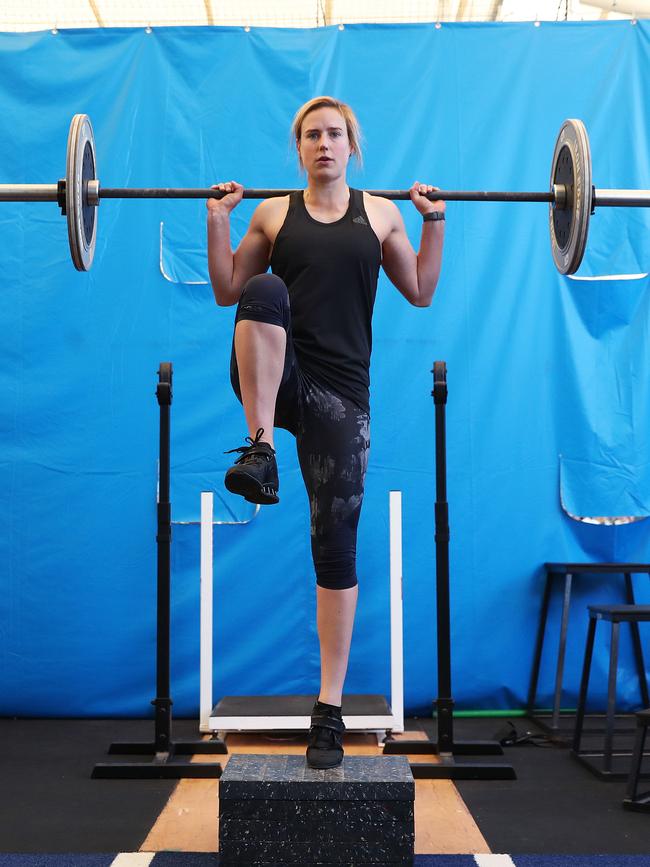
Her father is Port Adelaide legend Greg Phillips and she had grown up playing and watching footy, hanging in as long as she could until the message was delivered: “Girls don’t play footy”.
Ten years ago, in its very first edition, SAWeekend interviewed a 23-year-old Phillips.
In a cafe at the Crows’ West Lakes headquarters, Phillips looks at the decade-old picture and laughs at some of her answers.
Especially the one that asked about her “greatest extravagance”. The answer then was Prada sunglasses.
“I definitely don’t buy Prada sunglasses anymore,” she says.
“I don’t really buy anything for myself anymore. Even just (wife) Tracy and I getting a date night, that is probably the most extravagance at the moment.”
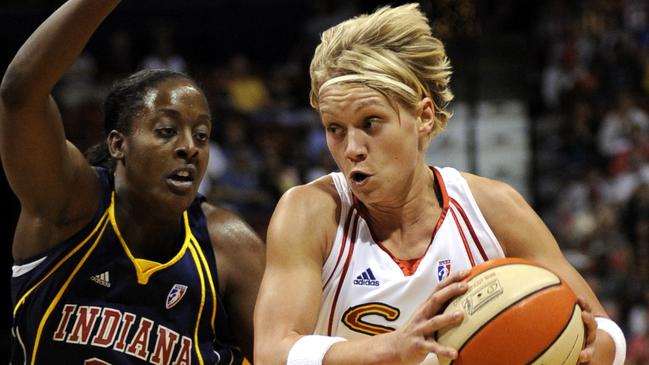
But she says when the interview was done 10 years ago, the possibility of playing football was not a blip on the horizon.
Even three years ago, until she received a phone call from Crows’ chief executive Andrew Fagan, she was assuming she would play basketball until she retired from professional sport and was trying to figure out what the next stage of her life would look like.
“It was literally a phone call, two phone calls, and the track just veered,” she says.
“It’s pretty special because it just shows you how unpredictable the future can be and you just never know what opportunities are around the corner. It’s just crazy.
“I was living my football dream at that point through my brother-in-law (Hawthorn champion) Shaun (Burgoyne) and that was my way of staying involved in the game was through him.”
In her first year as a Crow, Phillips pulled off the remarkable treble of winning the AFLW’s best and fairest award, becoming a premiership player and winning the medal for being the best player in the Grand Final.
Now she is hoping the example she, and other women, have set, leads to more girls becoming involved with sport.
“It is so important for girls to be involved in sport, because sport teaches you, not just how to be a great kicker or how to shoot well, it teaches you about life lessons, it teaches how to work in office spaces, of how you work with groups.”
The success of the Crows’ AFLW team stood in contrast to their male counterparts.
It’s now 15 years since Port won its sole flag and 21 seasons for the Crows.
The most significant change for either team in that time was the decision to abandon the ageing facility at West Lakes and in 2014 move into refurbished Adelaide Oval, bringing footy back to the city for the first time in 40 years.
The battle to re-establish football in the CBD was fraught.
The Crows were wary, there was opposition from many quarters about the State Government spending half a billion dollars to modernise the Oval, but once all the whingeing was done, it was acclaimed as a triumph and as probably the most significant infrastructure development in recent SA history.
The Oval was often full, and not just for football, but for Big Bash games by the Adelaide Strikers and for day-night Test matches.
In 2016, Adelaide United claimed its first A-League Grand Final win in front of more than 50,000 fans there.
In short order, Adelaide Oval became the hub of sport in the state, sparking a new way for South Australians to look at their capital city.

